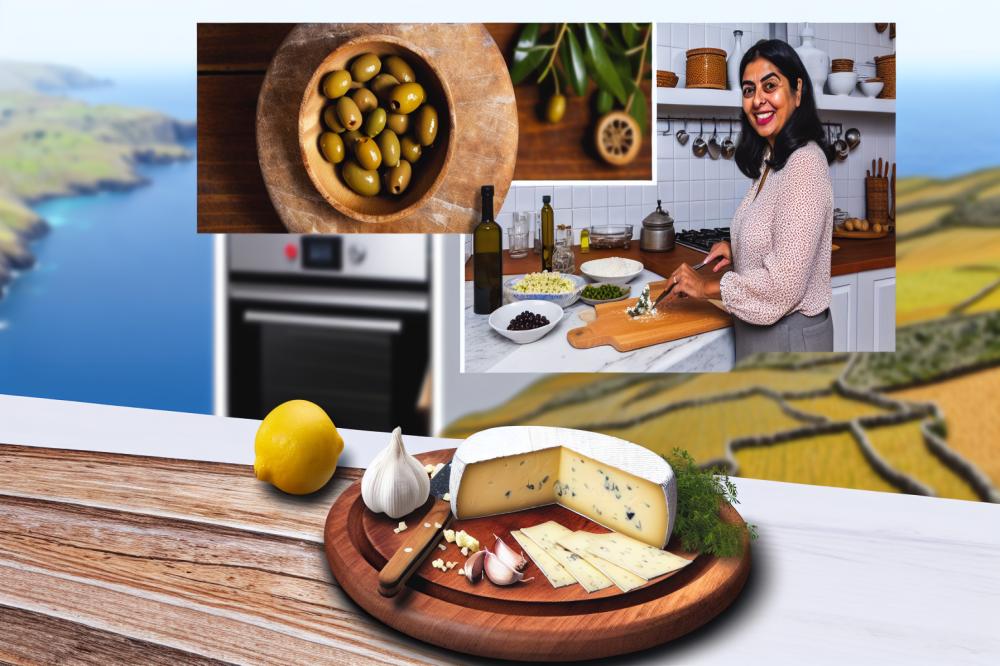Overview of cheeseofchoice.org/queijo-sao-jorge-pdo-a-cheese-steeped-in-azorean-tradition”>Queijo da Ilha
Queijo da Ilha, or Island Cheese, holds a special place in the heart of Azorean cuisine. This beloved cheese originates from the lush landscapes of the Azorean Islands, a group of volcanic islands in the mid-Atlantic. Its production dates back to the early days of colonization when local farmers sought to make the most of their rich pastures. The traditions surrounding this cheese have been passed down through generations, making it an integral part of the local culture.
This Azorean cheese stands out for several reasons. First, it is crafted from the milk of grass-fed cows, which contributes to its rich flavor profile. The volcanic soil in the region also plays a role, influencing the quality of the milk. Aging the cheese adds even more depth to its taste. As it matures, the texture changes, becoming firmer and more complex. Additionally, the cheese is often made using traditional methods, giving it a rustic charm that modern processes cannot replicate.
Significance in Azorean Cuisine
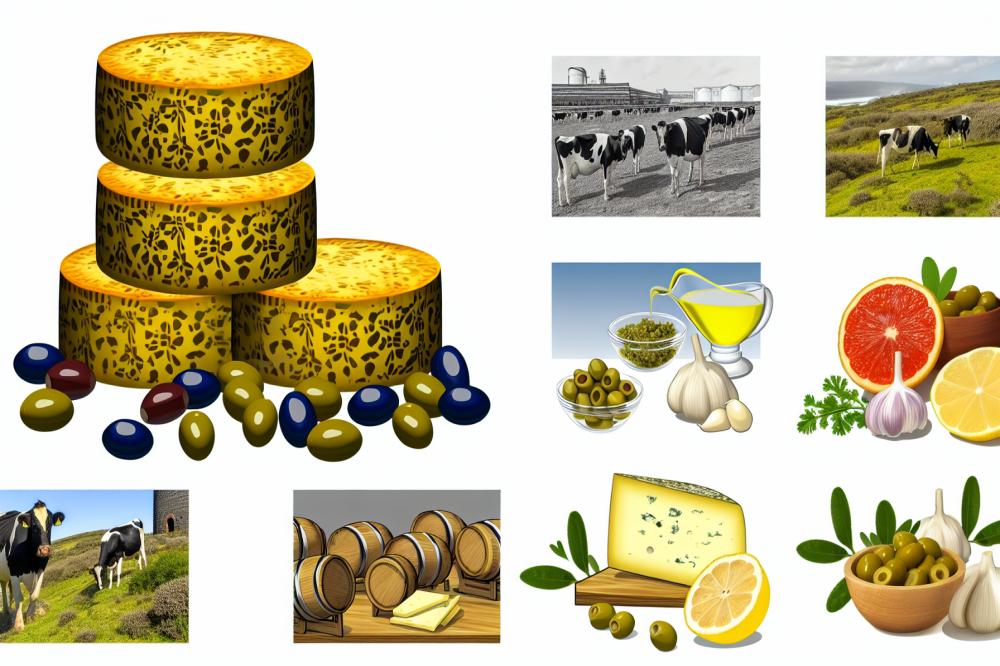
The importance of Queijo da Ilha goes beyond just delightful flavor. It has become a traditional ingredient in many dishes, enhancing various recipes and celebrating the islands’ heritage. Locals enjoy this cheese in many forms, from melted atop a dish to served as a part of a cheese platter. It pairs beautifully with local wines and fruits, creating an authentic Azorean dining experience.
People often associate Queijo da Ilha with family gatherings and community events. It fosters a sense of togetherness, as sharing food is a fundamental part of Azorean life. This cheese is not merely an ingredient; it’s a symbol of history, culture, and connection. Each bite transports you to the lush hills and vibrant pastures of the Azores, reminding you of the land from which it comes.
Queijo da Ilha
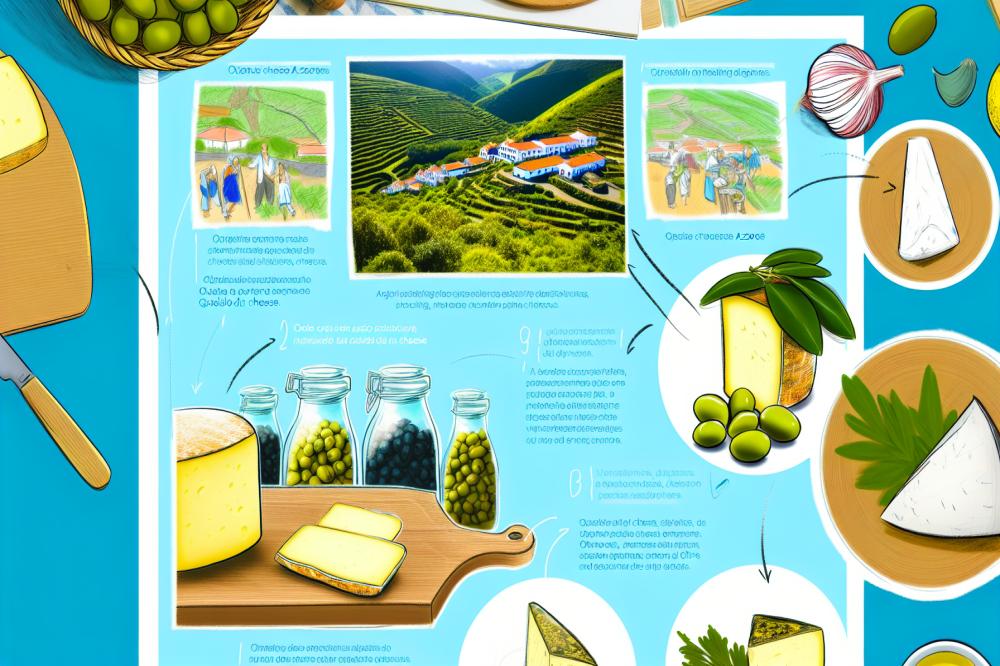
Queijo da Ilha is a well-known cheese from the Azorean Islands. It is made from cow’s milk, primarily from the region’s grazing cattle. The production process begins with the collection of fresh, high-quality milk. Artisans use traditional methods that have been passed down through generations. After the milk is warmed, rennet is added to help curdle it. This forms curds, which are then cut into smaller pieces. The curds are heated and stirred gently, allowing whey to separate. Once they reach the desired texture, the curds are molded and shaped into rounds or cylinder forms.
The cheese is then brined, giving it a salty flavor and a distinctive outer crust. Aging occurs in cool, humid environments. Depending on the desired flavor profile, the cheese may mature for several months or even years. Young varieties tend to be creamy and mild, while older ones develop a sharper, more pronounced flavor. Its texture can vary from semi-soft to hard, offering a delightful range of culinary experiences.
Compared to other Portuguese cheeses, it holds a special place. For instance, Queijo Serra da Estrela is made from sheep’s milk and has a rich, buttery taste. Both are beloved, but they are quite different. Some might say that Queijo da Ilha’s versatility makes it stand out. It can be shredded, sliced, or melted, making it an excellent addition to various dishes.
This cheese plays a significant role in traditional Azorean cuisine. It often appears in hearty casseroles and as a topping for bread. Chefs appreciate its melting quality for creating comforting cheese sauces. Additionally, many locals enjoy it paired with fruits, nuts, and wines. The flavor complements the sweetness of fresh figs or the crunch of almonds perfectly. Such pairings are cherished during family gatherings and festive occasions throughout the islands.
Azorean cheese
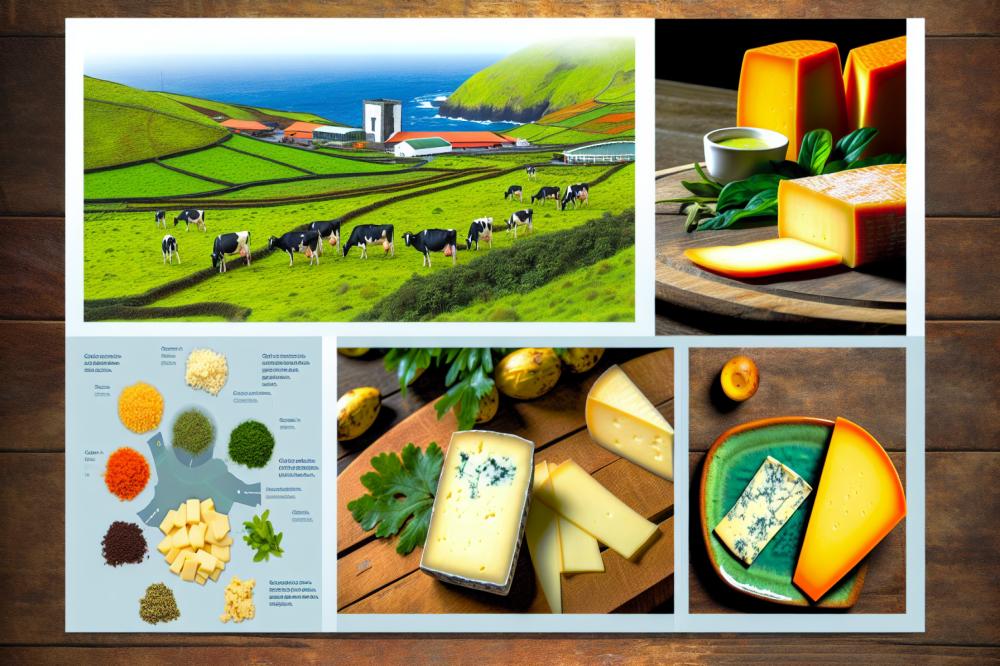
The Azorean Islands are known for their rich dairy traditions. Cheeses from this region exhibit a variety of flavors and textures. Many locals take pride in their unique cheese-making skills. The landscapes surrounding each island play a significant role in this culinary craft. Cows, sheep, and goats graze on lush pastures, and their milk becomes a vital ingredient in these products.
One prominent cheese is Queijo da Ilha, which hails from São Miguel and Terceira. This cheese often has a semi-hard texture and a strong, slightly tangy flavor. Varieties can range from mild to sharp, depending on aging. It is often used in cooking and is delicious on its own, too. Many people enjoy it with crusty bread or fresh fruit.
Mistura is another interesting cheese found in the Azores. It is a blend of cow and sheep milk, offering a creamy, rich taste. The cheese is usually flavored with various herbs or spices, adding to its appeal. Chefs often incorporate this into traditional dishes, allowing the cheese to enhance the overall flavor.
Cultural significance runs deep in Azorean cheese-making. Historic records indicate that cheese production began centuries ago. Families have handed down recipes through generations. Festivals celebrating cheese often showcase local varieties. These events foster a sense of community and pride. Many visitors attend to sample and learn about this aspect of Azorean culture.
Restaurants around the islands highlight cheese in many dishes. From savory pastries to hearty stews, cheese finds its way into meals across the islands. Pairing cheese with local wines enhances the dining experience. Each bite tells a story about the land and its people.
Local farmers and artisans work hard to maintain traditional practices. They embrace both modern techniques and age-old methods. This dedication ensures that each cheese has its own character. Knowledge and skills are shared, providing a sense of connection to the past.
Ultimately, cheese symbolizes more than just food in the Azores. It represents history, culture, and identity. The ways in which cheese is enjoyed reveal much about the lifestyle on the islands. With every slice, there’s a taste of tradition intertwined with passion.
Recipe: Queijo da Ilha and Olive Tapenade
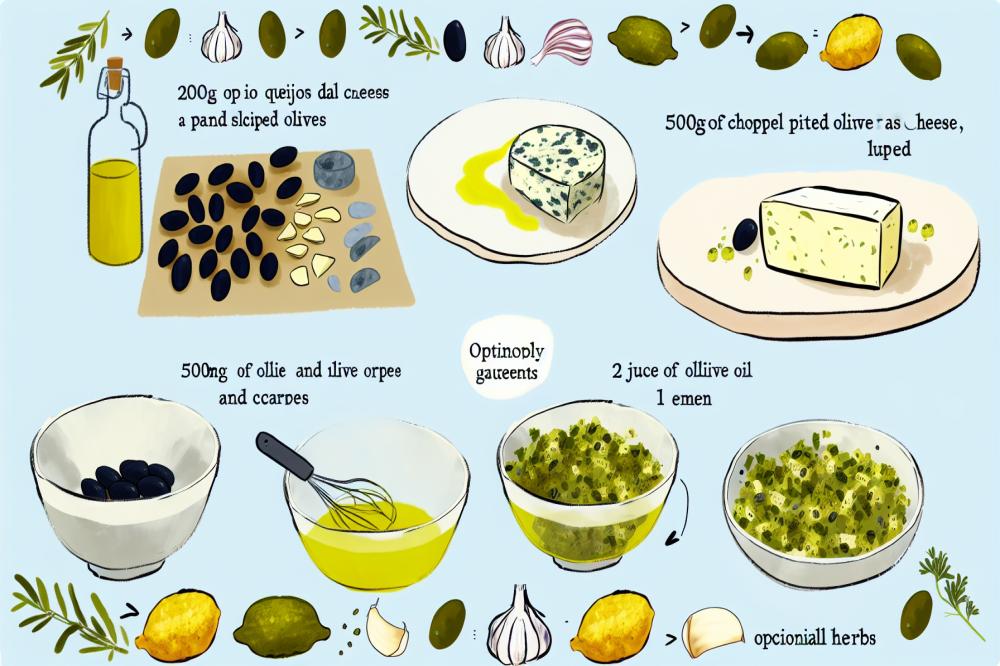
This dish brings together the rich flavors of cheese from the Azorean Islands and a delightful olive tapenade. It’s easy to prepare and perfect for any occasion.
Ingredients:
- 200g Queijo da Ilha, sliced
- 100g olives, pitted and chopped
- 50g capers, rinsed
- 2 garlic cloves, minced
- 50ml olive oil
- 1 lemon, juiced
- Fresh herbs (optional)
Instructions:
- Start by combining chopped olives, capers, and minced garlic in a bowl.
- Next, drizzle olive oil and lemon juice over the mixture.
- Stir everything well. Allow it to sit for 15 minutes for the flavors to meld.
- Finally, serve the tapenade on slices of cheese, garnished with fresh herbs if desired.
Nutritional Information and Health Benefits
Queijo da Ilha offers a rich source of protein and calcium, essential for maintaining strong bones and muscles. Pairing it with olives adds fiber and healthy fats, promoting heart health. Capers provide antioxidants, which help fight inflammation and protect cells from damage. Garlic is known for its immune-boosting properties. The olive oil contributes monounsaturated fats, known for lowering bad cholesterol levels.
Lemon juice adds a burst of vitamin C, benefiting skin and immune function. While enjoying this delicious recipe, you’ll also take in a medley of nutrients supporting overall health. Experiment with fresh herbs for added flavor and phytochemicals that boost wellness.
Final Thoughts on a Culinary Treasure
Queijo da Ilha stands out as a symbol of the rich culinary traditions of the Azores. It embodies the flavors of this beautiful archipelago, reflecting the local lifestyle and history. This cheese is not just a food; it’s a part of gatherings, celebrations, and everyday meals. Its ability to pair well with various dishes makes it incredibly versatile. From savory appetizers to sweet desserts, this cheese enhances every bite.
Exploring Portuguese cheeses opens up a world of flavors. Each region boasts its specialties, showcasing different textures and tastes. The Azores contribute their own special characteristics, deeply rooted in their volcanic soil and lush pastures. The freshness of local milk gives cheeses like Queijo da Ilha an exceptional taste.
Many culinary experiences await those willing to discover these delights. Whether enjoyed on a cheese board, melted in a dish, or paired with a good wine, there is always something new to try. So, take the chance to experiment with Portuguese cheeses. You might just find that every meal can be a little more special with the unique flavors they offer.

